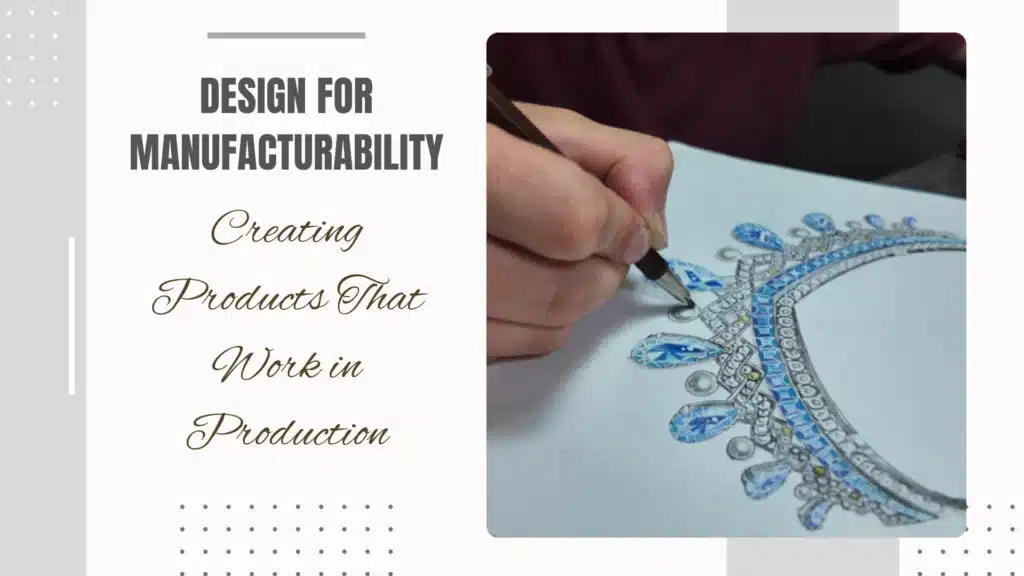Design for Manufacturability is an approach that ensures a product is easy, cost-effective, and reliable to produce. Instead of focusing only on design aesthetics, this process considers how every detail will affect manufacturing. By addressing shrinkage, parting lines, and polishing access from the start, businesses save time, reduce costs, and deliver higher-quality products.
Ignoring manufacturing during the design stage often leads to delays, increased expenses, and performance issues. Design for Manufacturability prevents these problems by aligning engineering and production early in the process. It ensures that parts can be produced consistently, at scale, and within budget. For industries like jewellery, automotive, or electronics, this practice guarantees that creativity is matched by practicality.
Shrinkage is one of the most critical factors in Design for Manufacturability. During casting or molding, materials like metals or plastics contract as they cool. If shrinkage is not considered, the final product may be smaller, misaligned, or structurally weak. Designers must allow for these changes by adjusting dimensions and using precise simulations. This proactive step reduces errors and helps deliver accurate, high-quality results.
Another key element in Design for Manufacturability is the placement of parting lines. These lines, created where two halves of a mold meet, can affect the appearance and strength of the final piece. Poorly placed parting lines may weaken the structure or create unsightly marks. By carefully planning their location, designers maintain both function and aesthetics. Smooth transitions also reduce the need for extra finishing work, saving time and money.
Polishing access is often overlooked, but it is essential in Design for Manufacturability. For jewellery and precision products, polished surfaces highlight quality and craftsmanship. If a design does not allow easy access for tools, polishing becomes time-consuming or even impossible. By ensuring surfaces and angles are accessible, designers improve efficiency and guarantee a flawless finish. This consideration is especially valuable for high-end products where appearance is critical.
Successful Design for Manufacturability depends on collaboration. Designers, engineers, and production teams must work together to identify challenges and solutions before production begins. Sharing knowledge about shrinkage, parting lines, and polishing access allows designs to evolve into practical, manufacturable products. This teamwork not only reduces mistakes but also builds stronger relationships between creative and technical teams.






